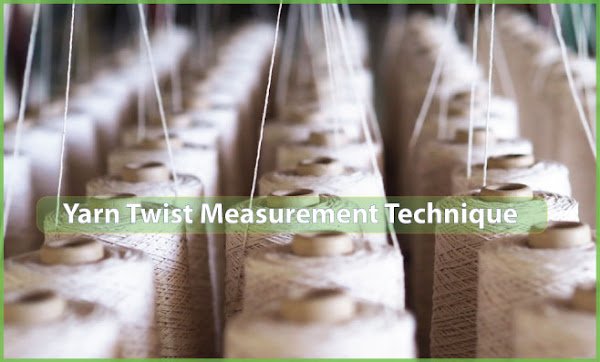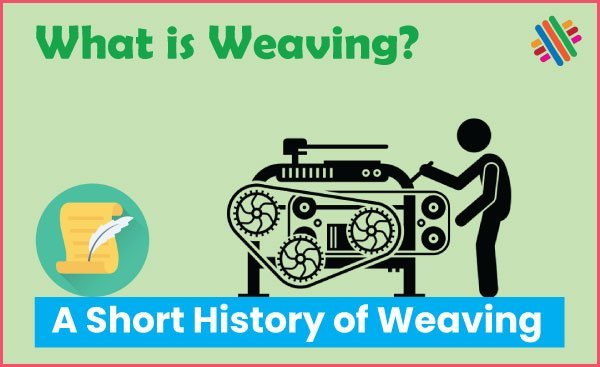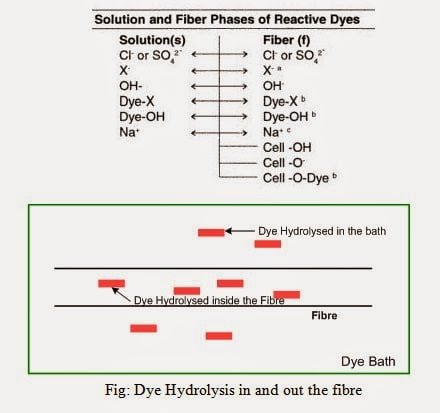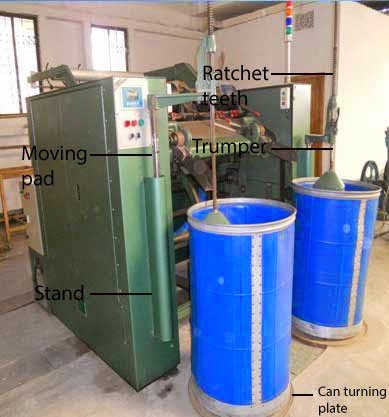Yarn Twist Measurement Techniques
Direct Counting Method The essence of the method is to unwind the twist in a yarn until the fibres are parallel to the yarn axis and to count how many turns are required to do his. A suitable instrument has two ….. Read More






